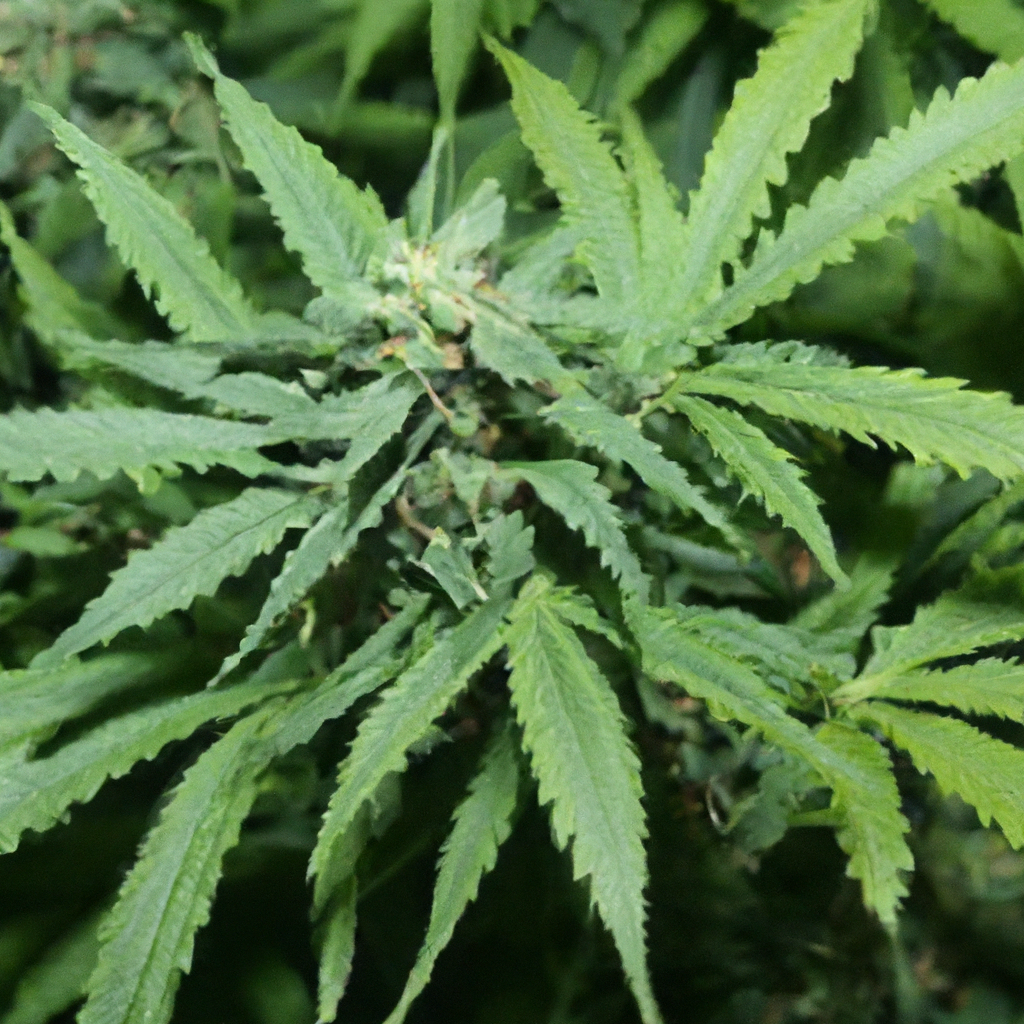By John “Magic” Greenleaf
“Growing greatness, one strain at a time.”
In the ever-evolving world of cannabis cultivation, one aspect that often sets aside thriving gardens from faltering ones is the ability of plants to adapt to stress. Whether you’re growing in the unpredictable climate of high-altitude Colorado or experimenting indoors, understanding and managing cannabis stress adaptation can significantly impact your yield and quality.
Understanding Stress Factors
Before diving into stress adaptation strategies, it’s essential to comprehend the types of stresses cannabis plants can experience:
- Environmental Stress: This includes variations in temperature, humidity, and light intensity.
- Water Stress: Both overwatering and underwatering can inhibit plant growth.
- Nutrient Stress: Imbalances or deficiencies in nutrients can cause poor development.
- Pest and Disease Stress: Infestations and infections disrupt plant health and productivity.
Techniques for Stress Management
There are several proven methods to help your cannabis crops handle stress better, leading to healthier plants and higher yields:
1. Environmental Control
Maintaining optimum environment conditions is crucial. For instance, regulating temperature and humidity through automated systems can prevent mold and encourage robust growth.
2. Organic Cultivation Practices
Utilizing organic fertilizers and amendments improves soil health, which, in turn, enhances plant resilience.
3. High-Efficiency Irrigation
Employing drip irrigation not only conserves water but also delivers precise hydration, reducing water stress significantly.
4. Terpene Mastery
Fostering a rich terpene profile helps with natural stress responses. Strategies like low-stress training (LST) improve both stress resilience and terpene production.
Real-World Application: Case Study
In a recent project, I helped a local Colorado grow operation apply stress management strategies to their high-altitude setup. By implementing automated environmental controls and optimizing their irrigation systems, they reported a noticeable increase in yield and cannabinoid content, with a 30% improvement in crop resilience.


Leave a Reply